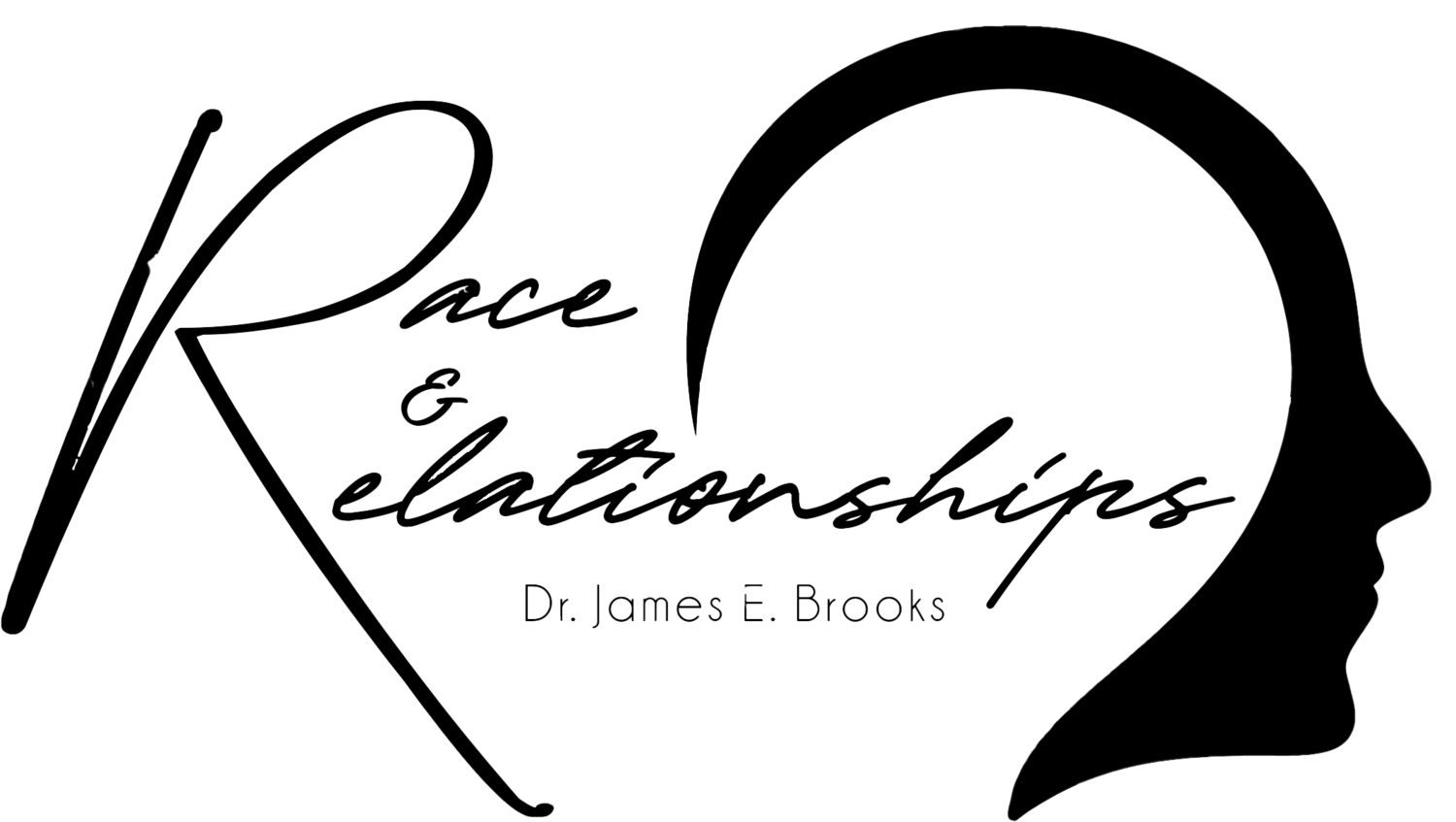Deconstructing Racial Preferences in Online Dating: How do Multiracial Daters Reinforce Anti-Black Racial Hierarchies?
What is the issue?
Racial preferences are a long-standing racial divide in the United States. Recent research shows a clear persistence of racialized and gendered hierarchies in dating and marriage, placing White men and women at the top of the hierarchy, Black men and women at the bottom, and other racial identities somewhere in between. Although the presence of these hierarchies is evident, one question remains: Where do multiracial individuals fall within this hierarchy? While research suggests that multiracial daters receive high preference from monoracial individuals in the online dating scene, little research has been done to analyze how multiracial themselves engage with this hierarchy. Additionally, existing research does not make comparisons among various multiracial groups.
What is the purpose of this investigation?
Therefore, it is necessary to investigate the online dating preferences of multiracial individuals. In this study, Curington and colleagues wanted to understand if multiracial individuals’ online dating behavior reinforce, accommodate, or reject bias and discrimination. They tested 5 different possible explanations: the Minority Model, the Whiteness Model, the Multiracial Model, the Bridging Model, and the Anti-Blackness Model.
They hypothesized the following:
H1a: The Minority Model – multiracial daters will send and respond most frequently to their same-race minority counterparts.
H1b: The Whiteness Model – multiracial daters will send and respond most frequently to White monoracial daters.
H2: The Multiracial Model – multiracial daters will send and respond most frequently to multiracial daters.
H3: Bridging Model – multiracial daters will send and respond most frequently to White daters, same-race minority monoracial daters and their same racial combination multiracial counterparts. The operation of the bridging model suggests multiracial daters treat all of these daters as in-groups.
H4: Anti-Blackness Model – multiracial daters will send and respond least frequently to monoracial Black daters.
In investigating these hypotheses, Curington and colleagues also wanted to evaluate whether dating behavior varies by multiracial backgrounds, specifically those identifying as multiracial White (e.g., Asian-White, Black-White, and Hispanic-White). To do so, they conducted a study in which they analyzed to whom multiracial men sent messages and to whom multiracial women replied.
What were the Results?
Overall, the results imply general support for the Multiracial and Anti-Black Models, indicating that Asian-White, Hispanic-White, and Black-White multiracial men and women tend to be most open to dating other multiracial individuals and exclude monoracial Black individuals. Support for the White, Minority, and Bridging Models depends on the specific combination of gender and multiracial groups.
Interestingly, Hispanic-White women were the only daters who responded most to White men, reflecting support for the Whiteness Model. Black-White men were also outliers, with a clear preference for Black-White women, implying the strongest support for the Multiracial Model. However, their Black-White women counterparts did not reflect this model, showing no support for any racial preferences at all.
What are the Implications?
The results of the study indicate that, except for Hispanic-White women, most multiracial individuals prefer to date their multiracial in-group counterparts. Moreover, multiracial individuals do not prefer Whiteness over their multiracial identity, nor their monoracial minority identity. However, in most cases of this study, Black monoracial daters were excluded more than any other racial group. A major implication of these findings is that multiracial daters tend to contribute to the Anti-Black model, thus contributing to the devaluation of Black individuals in historical and contemporary society. This finding implies that multiracial individuals both contribute to and benefit from existing racial desirability hierarchies as they relate to dating.
Citation:
Curington, C.V., Lundquist, J.H. & Lin, KH. Tipping the Multiracial Color-Line: Racialized Preferences of Multiracial Online Daters. Race Soc Probl 12, 195–208 (2020). https://doi.org/10.1007/s12552-020-09295-z
